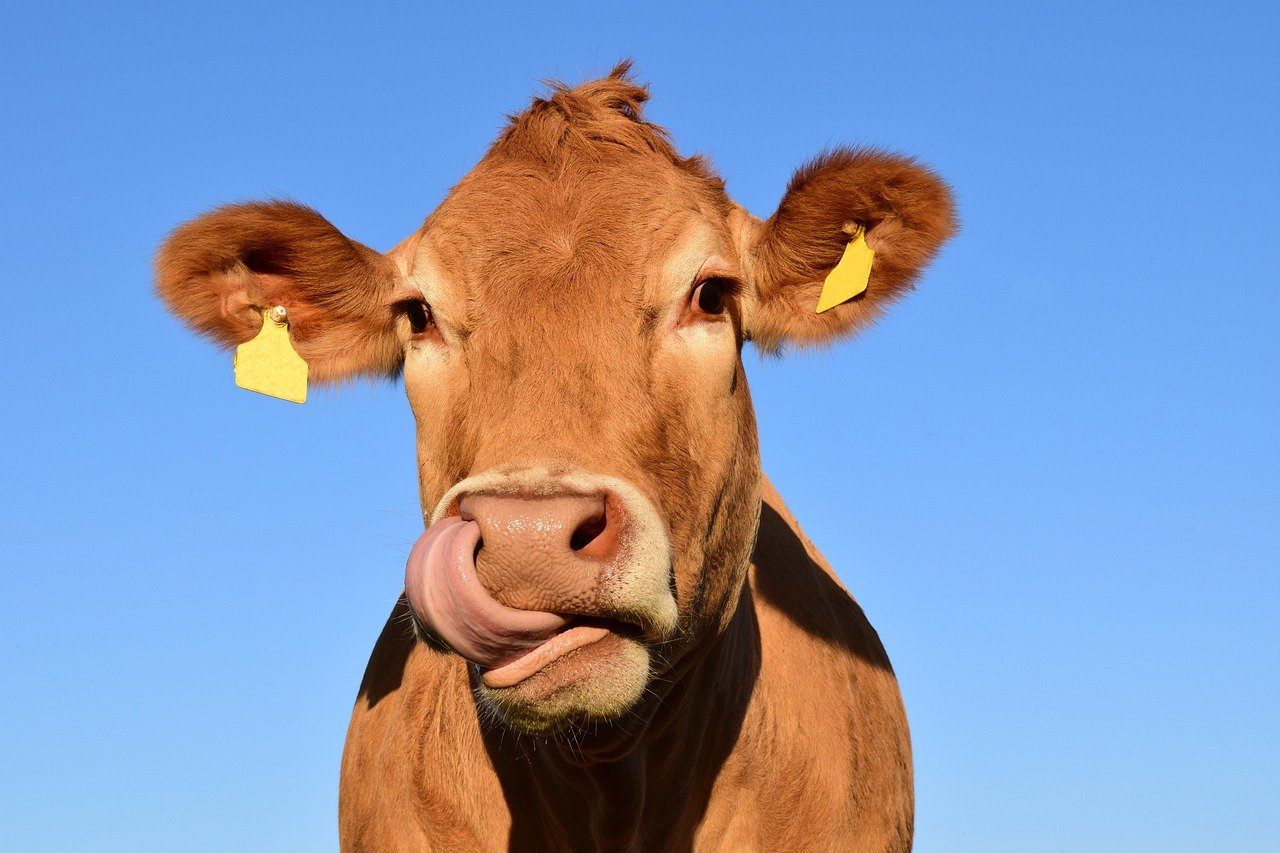While most attention in climate conversations have centered on CO2, the potency of methane and its potential to cause even greater damage to the environment brought it wider attention over the past year.
Last year, the U.S., and the EU initiated the “Global Methane Pledge” to cut global methane emissions 30% by 2030, over 2020 levels. Including Japan, 103 countries signed the pledge during the COP26 climate summit.
For Japan, however, tackling the issue is far from straightforward. Japan’s methane emissions comprise just 0.3% of the global total. (The U.S. emits more methane by a factor of 23.) The difficulty lies in where Japan’s methane comes from: rice-farming and livestock.
Rice is Japan’s main crop and staple food. Paddy fields, where rice is grown, account for half of all arable land in the nation. They also generate about 43% of all the methane Japan emits, with volumes little changed in the last decade.
By committing to decarbonization, Japan now has to find a way to reduce emissions of this potent greenhouse gas without hurting domestic food supply. The solutions that Japan pioneers could be applied in many other countries, especially in Asia.

